PuttView X and the art of putting

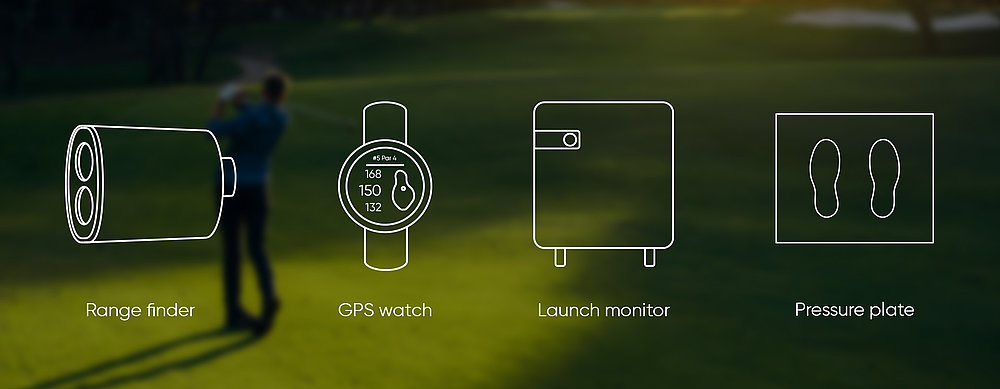
Technology has become engrained into the DNA of golf. We are talking range finders, GPS watches, launch monitors, pressure plates, 3D biomechanics etc. Even for new golfers it usually doesn’t take long for them to pick up on this tech, because quite simply, they are looking to improve as quickly as possible. After all, who would say a laser is cheating as this disqualifies the skill of being able to guestimate distance, hence taking away the art of golf? Yet, when it comes to putting this is exactly the argument many golfers use. So, lets have a closer look at this cheating technology called PuttView X, how it will help you become a better putter and address some of the most frequently asked questions.
Range finders, presssure mats, flight radars, etc. are very common technologies in the golf industry.
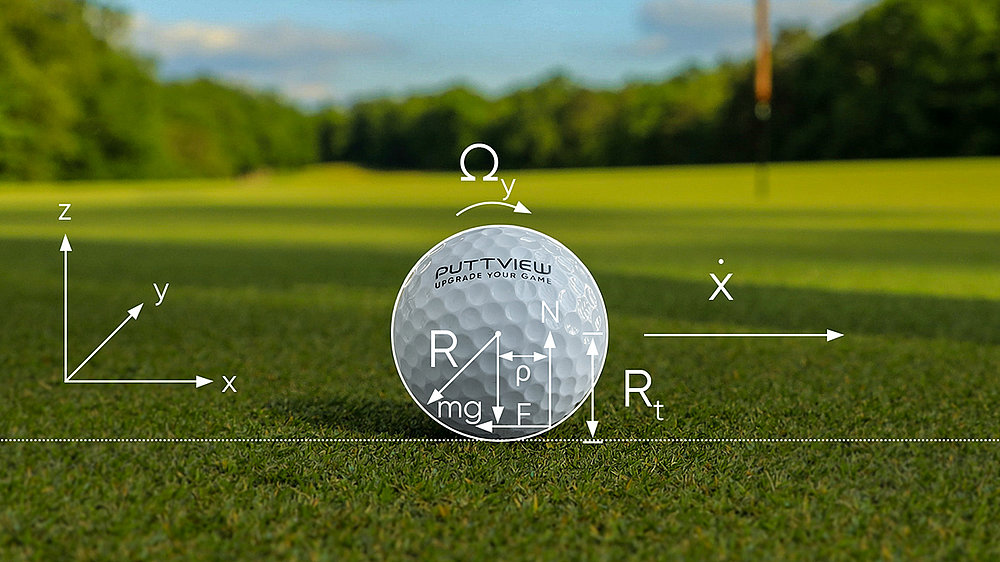
Is putting an art?
As mentioned above, golfers are very protective of putting. Often, it is referred to as the art of putting and and it is sheltered from the help of technology. While help for the long game is very welcome for most golfers, everything that takes away the guessing on the green, is considered cheating. But why? The main difference between putting and the rest of the game is that golfers consider one an art and the other a skill. Skill implies that it can be learned, acquired, and perfected. Which also means, that you can use tools and training aids to get better. Art, however, is considered as something you cannot learn. Of course, you can practice and get better, but there is no need in seeking perfection, this is not what art is about. This is also the reason why trying to introduce technology into art is frowned upon by most.
The funny thing about it is, that putting is the only part of the game that can be learned, acquired, and possibly even perfected by anybody. Before you get mad, let me explain. The question is, what is perfection? To separate skill from circumstances, we assume a perfect shot would be a shot that is hit in the dead center of the sweet spot. Therefore, a golfer who can hit every single shot dead center of the clubface would be considered a perfect ball striker. As golfers, we all know this is virtually impossible in itself. Certainly, it is impossible for almost anyone due to physical limitations, the many tiny components that make up a perfect golf swing and so on.
If we apply the same principle to putting, a perfect putter can hit the ball dead center of the club every time with perfect roll. Due to the nature of the swing, this is something that a is a lot easier to learn, or, in other words, it is much easier to attain than a full golf swing. There are no physical restrictions as the movement itself can be achieved by anyone. Distance is not a component on the green either in the sense that being able to hit a longer putt does not give you an advantage over your competitors. Getting your swing as close as possible to perfection is, under this presumption, just a matter of practice and repetition. On the other hand, most golfers would probably argue, that the swing itself is not the art of putting, but much rather what happens on the green after the ball has left the club face. Being able to read the green correctly, picking the right spot to aim at and ultimately holing out, is what separates golfers with “the touch” from the rest of the bunch. While many golfers marvel at this ability and wish they could attain it themselves, they also gave in to the belief that they can’t learn it. Ironically, it is mainly this part of putting that has zero to do with art and everything to do with physical understanding. There is no secret to what is happening to the golf ball once it has left the club face.
What happens on a green is no secret but plain physics. The main problem is how to make those physics visible to the golfer.
Everything from friction to gravity to speed is calculable. The only issue is making this visible so you can practice it and get better at it. And this is exactly what PuttView X is doing.
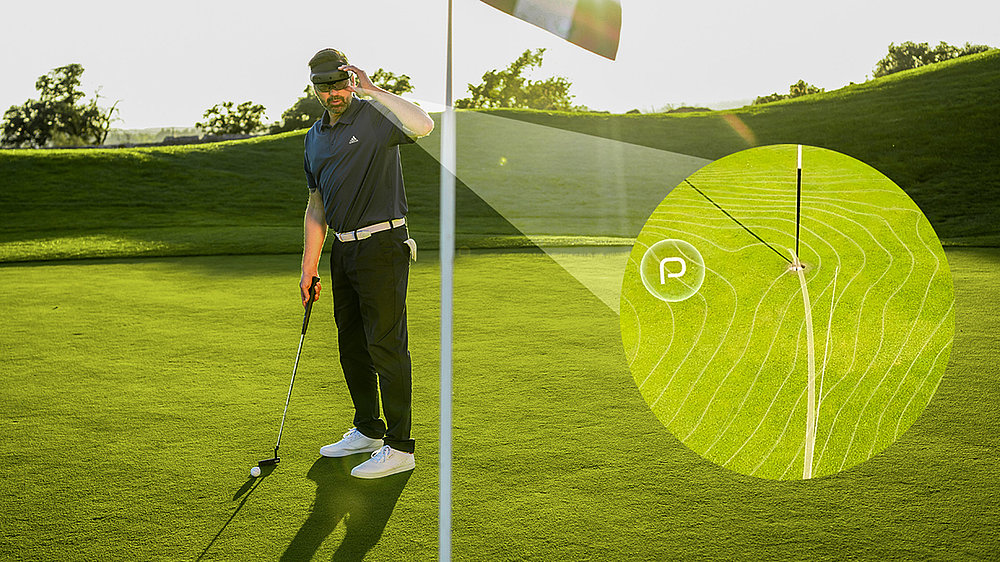
Imagine you could see every putt on every green in the entire world. We are talking aiming line, ideal line, speed variations, speed preferences etc. That sounds too good to be true, right? Think again! Because that is exactly what PuttView X is doing. Augmented Reality is a technology that is not yet being used regularly in our daily lives. However, it has been around for quite some time. Remember those movies where holograms appear in mid-air, showing interactive objects, or any other hidden information? This is Augmented Reality and it is the same technology behind PuttView X. Once you put on the glasses you can still see your surroundings as you would without them. However, now you can also see things like the Aiming Line, Ideal Line, or even the Contour Lines of the green. And since the glasses are on your head, you can move around the entire green freely and look at every angle of the putt. This becomes possible since all visuals are locked in place in the real world. In the case of PuttView X we use Microsoft’s HoloLens 2 as the device that makes putt information visible to you.
PuttView X can show you every aspect of a putt from the Ideal Line or Aiming Line, all the way to the Contour Lines and Speed options directly on the green.
By putting the glasses on your head you can see what you need to do in order for your putt to go into the hole. For the first time in the history of the game you will be able to see exactly what is happening on the green and practice your putting in a meaningful way. Because without technology it is very well possible that you accumulate mistakes, hole out and never know, what went right and what didn't. PuttView X enables you to stop guessing and instead know what you need to work on to get better.
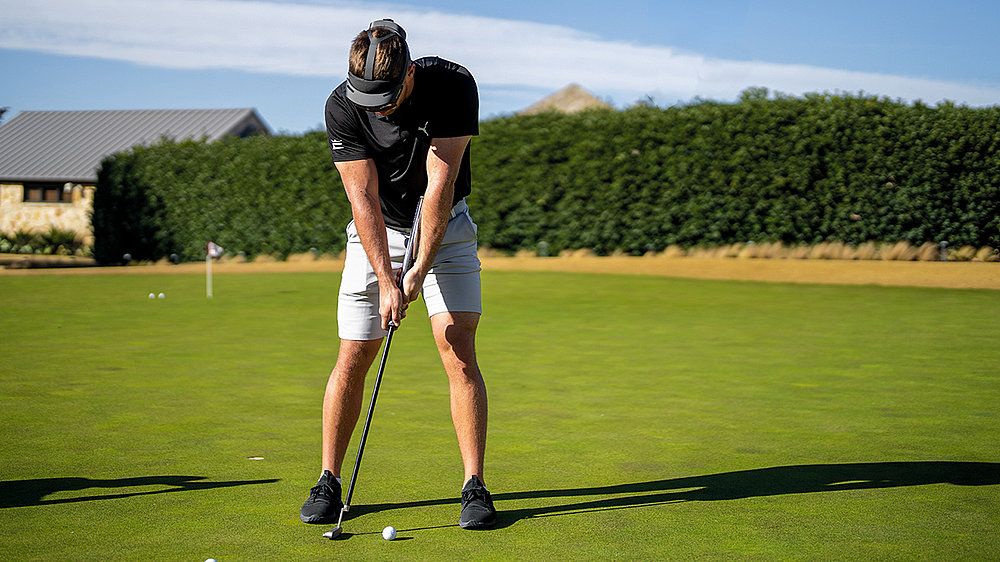
Since the technology behind PuttView X is mind-blowing to most, the immediate response we commonly get is, that this is cheating. But is it? Let’s go back to 2012 at Augusta National. On the 10th hole Bubba Watson is standing in the woods in arguably the most important round of his career and en route to winning his first Masters. Imagine you are standing in those woods and instead of having to come up with the shot yourself, someone would show you the correct line. All you need to do is hit that shot. Would you say that you can execute that shot just because you know where you need to hit? Does knowing the answer take away the awe of Watson being able to not only see that shot but also to execute it at this exact moment in time? Or, would you say that Bubba Watson would have cheated his way to the Masters title if he previously were to have stood in that exact spot to practice the shot over and over again? The answer to all of this is probably no. Even if he had practiced this shot millions of times, seen the line he would need to hit etc., it still doesn’t take away from the fact he pulled it off at this moment and that he was skilled enough to execute the shot in the first place.
That is something that comes from practice, grit, self-confidence, and talent among other things. It’s what separates the greatest players of a sport from the rest. It is why practice tools and training aids used by the pros are also bought by amateurs. After all, if it helps someone at the top of the game to become even better, it certainly is good enough for an amateur whose only desire is to get better at a sport they love, so they can enjoy it even more. Does this automatically turn everyone using technology into a pro or make them cheaters? Certainly not. It only means they are smart enough to facilitate technology in a way that it helps them to become better. It doesn’t take away the hours and hard work required to be a professional golfer or the best putter in the world.
Bryson DeChambeau uses PuttView X on the green. He has been an early PuttView User
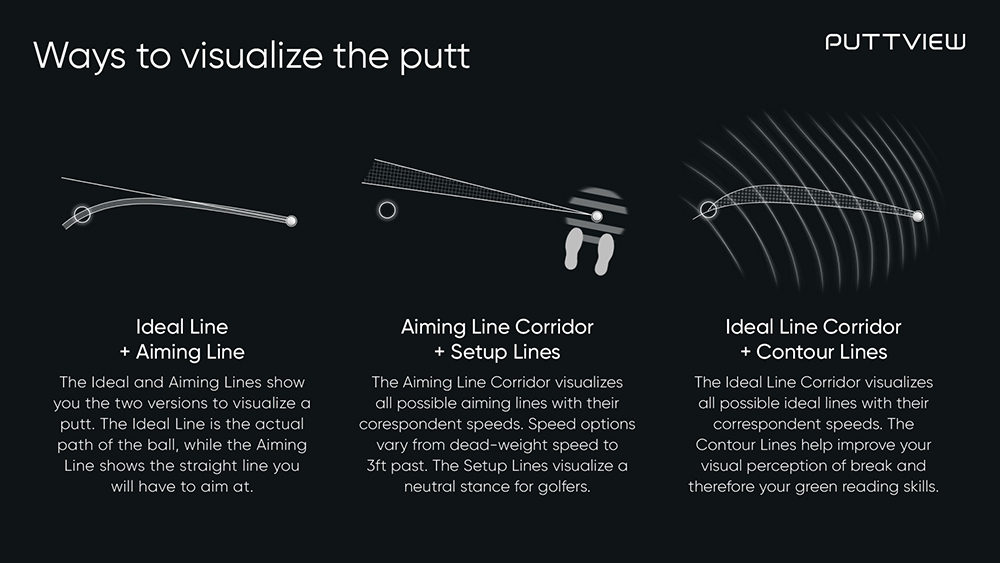
Of course, PuttView X is not legal for tournament use. This brings up the question of how does it help me, when I can’t use it in a tournament and why do I need it in the first place? Let’s start this with another question: How does any practice tool help? The purpose of practice is to help prepare for any scenario you might encounter on the course. You try to refine your skills so you can rely on your ability when it matters most. Ideally, you are trying to take out as much guessing from your practice as possible. Giving you the best chance of knowing exactly where your strengths are and which weaknesses you need to work on. It builds confidence in your skills and helps you rely on them even under extreme pressure. It is not about being the best driving range player or the best practice green putter. When nerves come in, the players who have full confidence in their abilities are the ones that are able to withstand the pressure and come out on top. One simple but powerful answer to the initial question is, it gives you confidence. Just by continuously seeing putts in front of you, you will be able to appreciate break better, learn how to read a green, build a mental picture, and ultimately gain a massive amount of confidence in your abilities.
But of course, there is more to it than that. While you are on the green, there is no way to know without the shred of a doubt where your misses came from. There are many things that can lead to a holed putt and many things that can lead to misses. An accumulation of mistakes can still be a drained putt and a “perfect” putt can still not go into the hole. PuttView X takes out any guessing whatsoever. It instantly calculates any putt on any green in the world and projects the answers onto the green.
PuttView X has multiple ways to visualize the putt and can be adjusted to personal preferences.
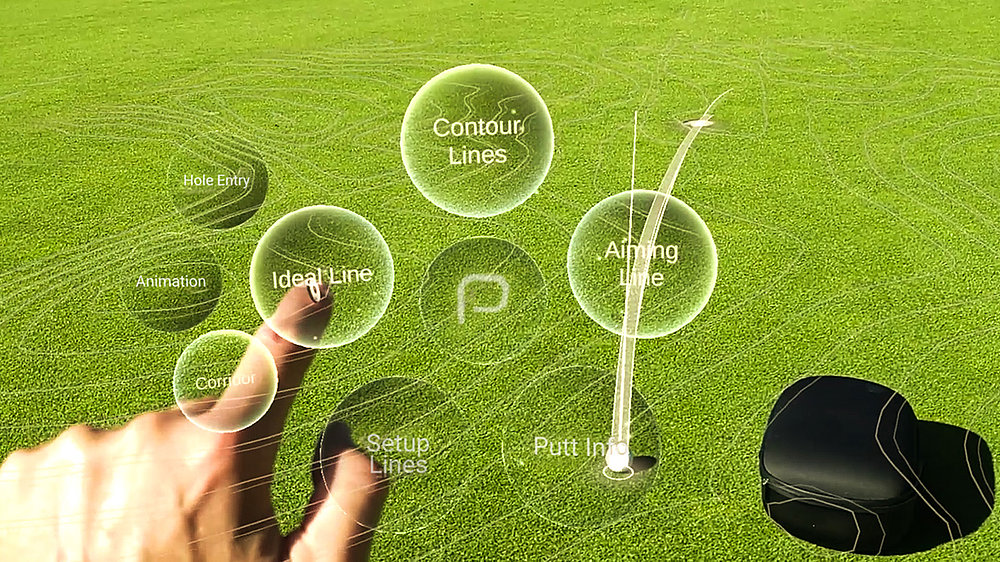
It won’t leave you wondering why you missed a putt. The visual support enables the player to see what the ball did in relation to what the player wanted it to do. All the while knowing exactly what the initial intention was. If the ball is not traveling on the intended line, it leaves the player with two options. Either, they failed to hit the intended line, hinting at a club face issue, or they did not hit the putt with the correct speed. And this is where it gets even more interesting.
Believe it or not, outside on a real green, there is no way to dissect the essential skills of read, line, and speed. At least, that was the case until now. Obviously, you could already work on those skills independently. But as soon as two of those skills were combined, there was no way of certainly knowing which skill was responsible for a missed putt. The only technology available for outdoor use is something that tells you if your ball roll was perfect, or if you delivered the club face square to the ball. Other than that, it has always been a process of elimination. PuttView X takes lets you focus on combining your skills with each other as well as efficiently practicing them on their own. You can choose between speed options or look at a speed corridor with all possible variations, giving you the opportunity to find out which speed you feel most comfortable with
The PuttView X menu lets you control and amend all visuals with your hand.
You can play around with green speed, to see how break changes depending on speed, and you can amend the visuals you are seeing in accordance with how you picture your putts in your mind. All of which is possible without having to attach any gear to your putter or ball and without having to pre-load course data or any additional input. The best part is, that PuttView X instantly works on the spot and on any green in the world.
Getting back to the art of golf, the greatest artists have and always will be the ones that can not only imagine any shot but also execute it under pressure. Be it Bubba Watson’s famous escape shot from the woods at Augusta National, Tiger’s gift of pulling off incredible shots from seemingly anywhere or Phil Mickelson’s magical touch around the greens. This is something that technology neither can, nor wants to, take away from the sport. While PuttView X will unfortunately not turn you into Tiger Woods or the new world number one, it will certainly help you become a better golfer.